1. Crows
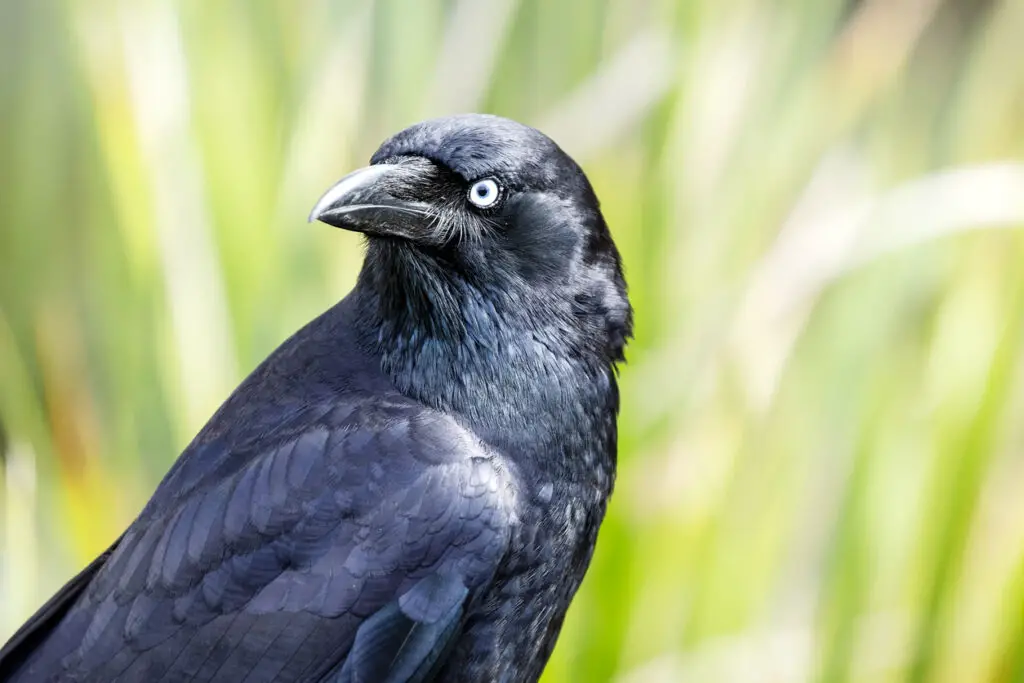
Crows are basically the valedictorians of the bird world—minus the graduation caps (though they’d probably make their own). In a series of jaw-dropping experiments, scientists presented crows with cards showing different numbers of dots. The birds were trained to peck at the card that matched the quantity they heard—like a “three” sound for a card with three dots. And they nailed it. Consistently. Even more fascinating? They weren’t just matching visuals to sounds—they were abstractly understanding quantities. Think of it as mental counting without fingers. These birds weren’t just pecking at shapes—they were associating abstract numbers with outcomes. That level of thinking takes memory, learning, and actual numerical comprehension.
Researchers at the University of Tübingen in Germany even observed neurons in their brains firing in response to specific quantities. Literal number neurons. It’s like their brains have built-in calculators. What’s even more mind-blowing is that their counting abilities are on par with that of toddlers. Crows also show signs of anticipation and planning, which are hallmarks of advanced cognition. In short, they’re not just flying around aimlessly—they’re observing, learning, and calculating every step of the way.
2. Parrots
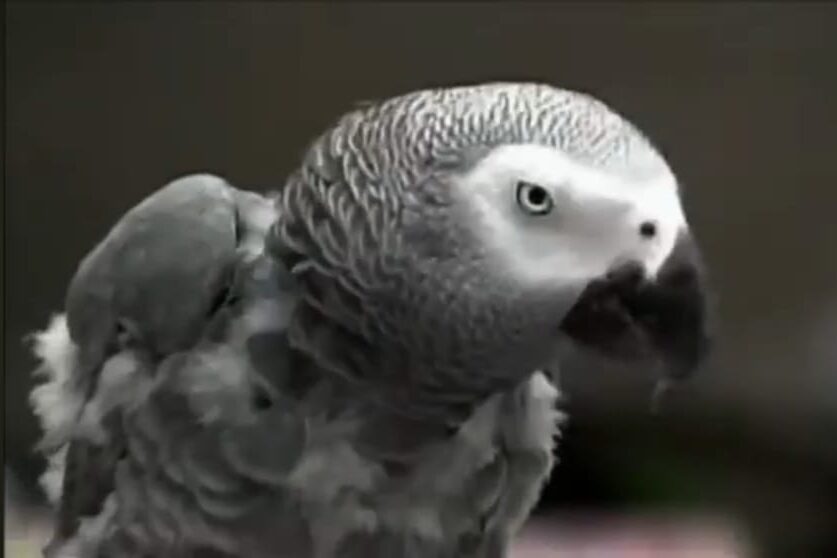
If you’ve ever thought parrots are all squawk and no substance, get ready to eat your words—because these birds are brainy. One in particular, an African grey named Alex, became a celebrity in scientific circles. Under the guidance of animal psychologist Dr. Irene Pepperberg, Alex learned not just to mimic, but to understand numbers. When asked, “How many?” while shown a group of objects, Alex could count up to six and consistently gave correct answers. He even grasped the concept of zero, which—just for context—is something ancient civilizations struggled with. Yeah. Zero. Nothing. The absence of something. Alex got it. He didn’t just recognize words; he knew their meaning, their value, and their relation to quantities. His intelligence was staggering—and it changed how we view animal minds.
This wasn’t just a party trick. Alex’s abilities suggested that parrots have both linguistic and numerical cognition, blurring the line between human and animal intelligence. At one point, he even asked, unprompted, “What color?”—demonstrating curiosity and comprehension. His emotional depth was equally impressive; he would express frustration when bored and affection when pleased. It wasn’t just science—it was a connection. Alex’s work reshaped animal cognition research and showed us that the phrase “bird brain” is actually a compliment.
3. Bees
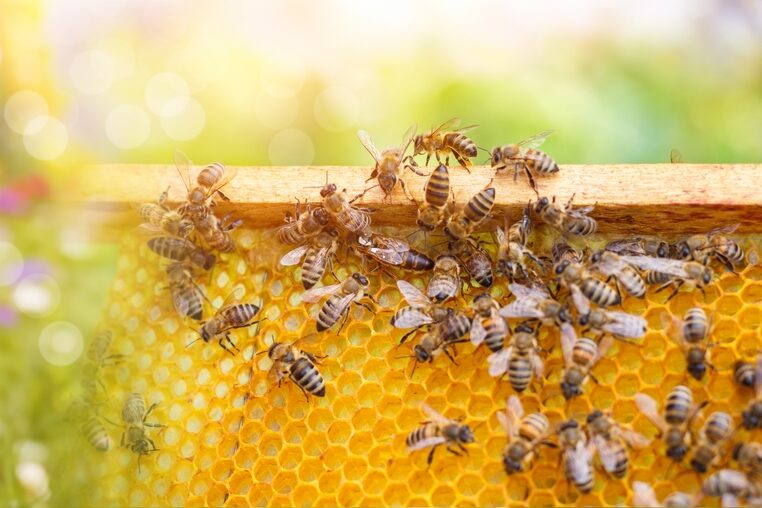
Bees may not seem like the type to pull out a calculator, but don’t let their size fool you. These buzzing mathematicians can count to four—maybe five on a good day. In one experiment, researchers trained bees to fly down a tunnel decorated with a certain number of symbols. Only one path led to a sugar reward, and the correct choice depended on counting the symbols. And the bees? They passed the test with flying (and flapping) colors. Even more astonishingly, later studies found that bees could actually add and subtract using blue and yellow symbols for plus and minus. We’re talking arithmetic. With colors. It’s the insect version of doing mental math in a candy store. You’d think something with such a tiny brain wouldn’t manage this—but they proved us wrong.
All this from a creature with a brain smaller than a sesame seed. It’s the insect equivalent of someone acing calculus with a calculator made of wood. These findings shook the scientific community—and delighted it. Bees have been underestimated for far too long. They aren’t just pollinators; they’re little mathematicians in striped jackets. Who knew the hum of a hive was also the sound of tiny brains doing math?
4. Fish

No one expects fish to do math. But when scientists discovered that guppies and zebrafish could distinguish between different quantities, they knew something fishy was up—in the smartest way possible. Researchers gave fish a choice between two groups of dots or food pellets, and time after time, they swam toward the larger quantity. But here’s the kicker: it wasn’t just a size thing. When the objects were the same size and spaced evenly, the fish still picked the right number. They were counting. One study even showed that guppies could track quantities in groups, preferring larger social groups to smaller ones. That’s survival smarts—more friends, more safety.
One experiment even taught them to perform simple addition and subtraction, using visual cues like colored shapes for operations. The fish consistently chose the correct result, swimming to the “answer” to get their treat. It’s impressive considering fish aren’t exactly praised for their brainpower. These little swimmers are proving that intelligence takes many forms. Their accuracy suggests some kind of internal number sense—not learned, but instinctual. Who knew the next time you’re staring into an aquarium, you might be watching a math class in session?
5. Frogs
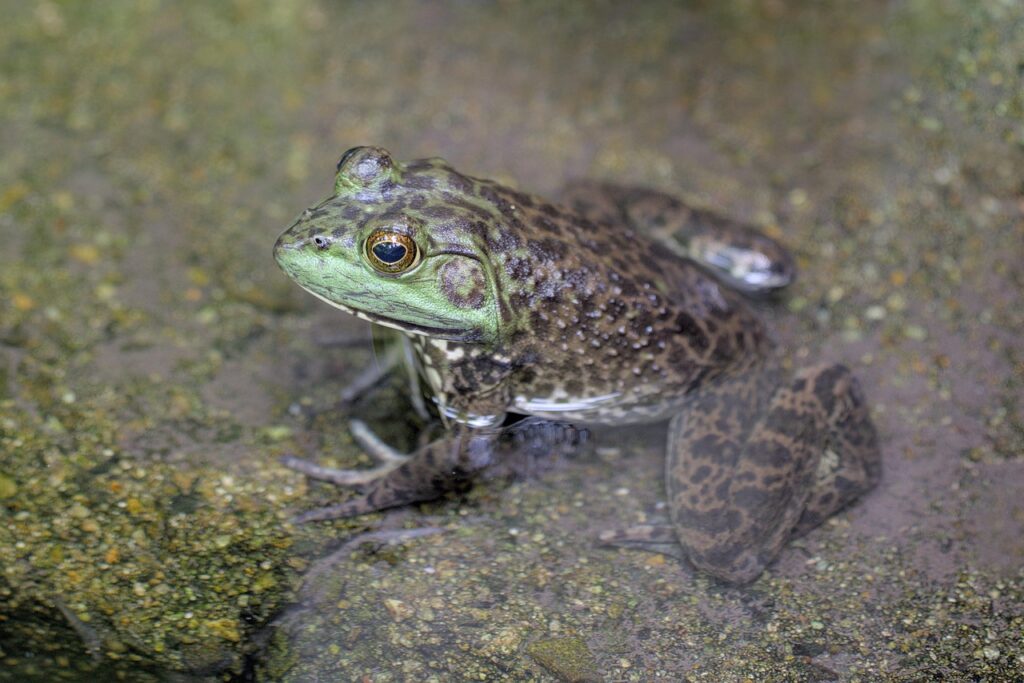
It might sound like something out of a fairy tale, but frogs can count—and they use it to flirt. Specifically, male túngara frogs from Central America use a specific number of croaks (called “chucks”) to impress the ladies. Females, it turns out, have a strong preference for males who croak just the right number of times. Too few, and you’re ignored. Too many, and you’re eaten—by predators drawn to the sound. So yes, frogs must count and use judgment. Romance is hard, even in the swamp. Scientists recorded male frog calls and played them back to female frogs in a lab setting. The females showed consistent interest in calls with more chucks—up to a point. Apparently, even frogs are into moderation.
Researchers concluded that female frogs possess the ability to evaluate numerical differences in mating calls. That’s basically speed dating with math. It’s a wild mix of attraction and survival logic. The margin for error is slim—get it wrong, and you’re either single or someone’s dinner. It’s high-stakes counting on lily pads. These findings hint that even amphibians have evolved complex cognitive strategies tied to reproduction and survival.
6. Dogs

We all know dogs understand when you say “walk” or shake a treat bag. But did you know they also have a knack for numbers? In experiments, dogs were shown treats being placed behind a screen—one treat, then another—and when the screen was lifted, if the number didn’t match, they showed surprise. Their reactions weren’t random; it was clear they were expecting a certain quantity. This indicates something called “numerosity”—a basic ability to detect changes in number. Dogs aren’t doing math homework, sure, but they have a sense of how many things there should be. It’s like when your dog knows there are three toys, and suddenly one’s missing—cue suspicious side-eye. They know something’s off.
Studies also showed that dogs could distinguish between larger and smaller piles of food—choosing the one with more, even when both piles looked similar. It’s not just a fluke; it’s consistent behavior, suggesting a form of mental estimation. And let’s be honest, they’re probably using it to maximize snack intake. Their bond with humans may have actually enhanced their cognitive skills over time. Living around people and picking up on human cues might’ve given dogs an edge in processing patterns—including numerical ones. It’s just another reason why they really are our best (and brainy) friends.
7. Chimpanzees
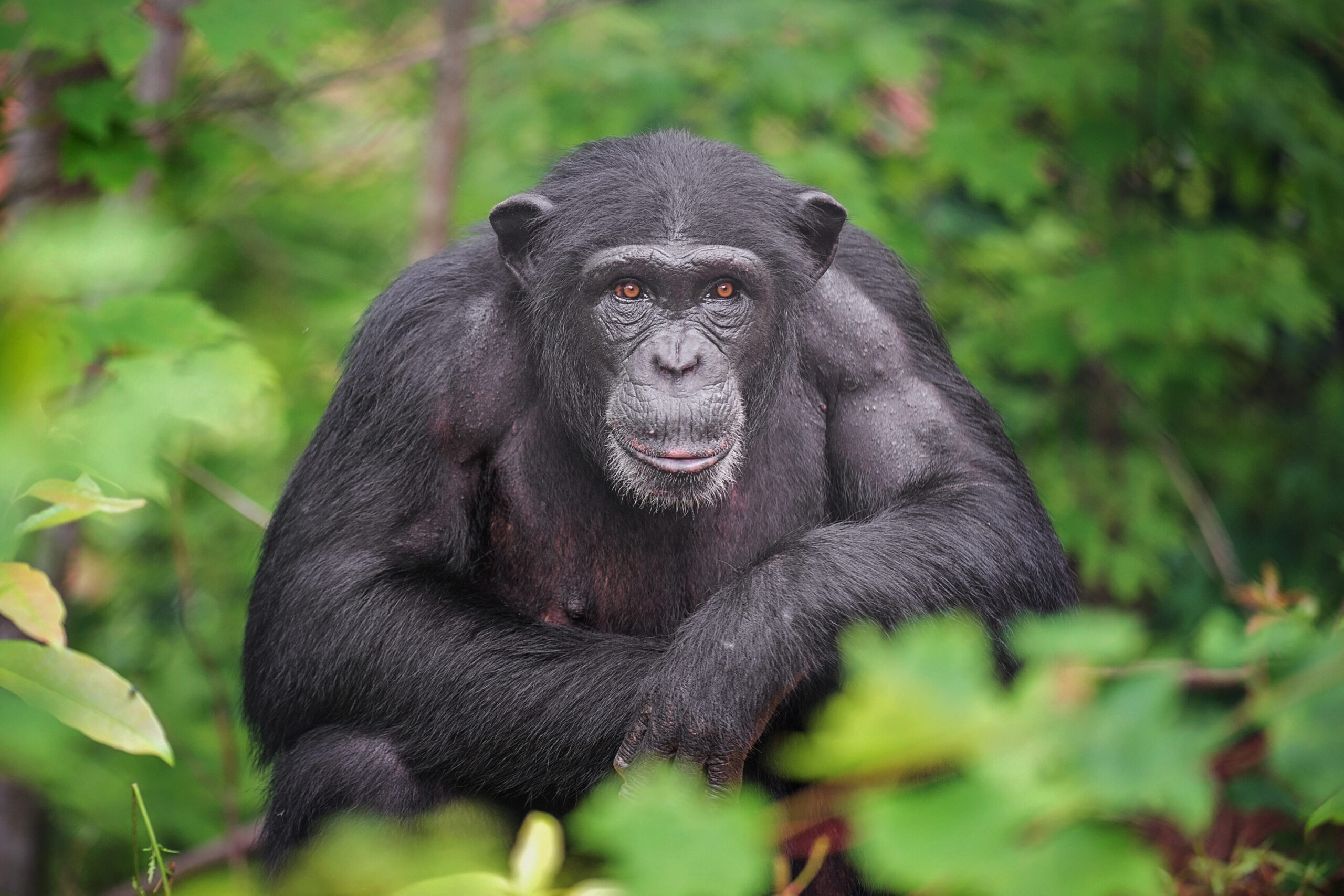
Chimps are our closest living relatives, so it’s no shock they’re smart—but their math skills? Outright spooky. One chimp named Ayumu became famous for an experiment where he memorized the order of numbers on a screen in a fraction of a second—and beat human adults at it. Think lightning-fast memory meets numerical agility. Researchers would flash numbers 1 through 9 on a screen for just 210 milliseconds—then cover them. Ayumu had to remember where each number was and tap them in order. He crushed it. His performance wasn’t just impressive; it was humbling. Watching a chimp outpace a human in memory tests is a real ego check.
What’s more, Ayumu’s accuracy stayed high even when researchers increased the difficulty. This pointed to both an exceptional working memory and a deep familiarity with numeric order. The implications were huge: numerical cognition isn’t uniquely human. Chimps were grasping not just symbols, but sequences—almost like they had an internalized number line. Their brains process numbers visually and intuitively, a bit like early humans probably did before formal counting. It gives us a glimpse into our evolutionary roots—where our math skills may have come from.
8. Elephants

Elephants never forget—but apparently, they can also count. In one wild experiment, scientists dropped varying numbers of apples into two buckets—one apple here, two apples there—and let the elephant choose. Every time, the elephant picked the bucket with more fruit. Even when the process was drawn out or the apples were dropped in one by one, they kept track. That’s memory and math in motion. Researchers even adjusted the order of addition—like one apple first, then two—to make sure the elephants weren’t just reacting to the last number. Still, the elephants consistently picked the higher total. That’s cognitive calculation, not just a lucky guess.
Their numerical savvy likely ties into their social intelligence. Elephants live in complex herds and must keep track of family members, social interactions, and even baby elephants. Counting calves, remembering who’s missing, anticipating threats—it all involves tracking numbers. Their brains are huge for a reason. These skills help them survive and lead, especially matriarchs who guide their herds with a memory bank full of landscapes, waterholes—and perhaps a bit of arithmetic. Who knew that when Dumbo flapped his ears, he might’ve been calculating something too?
9. Ants
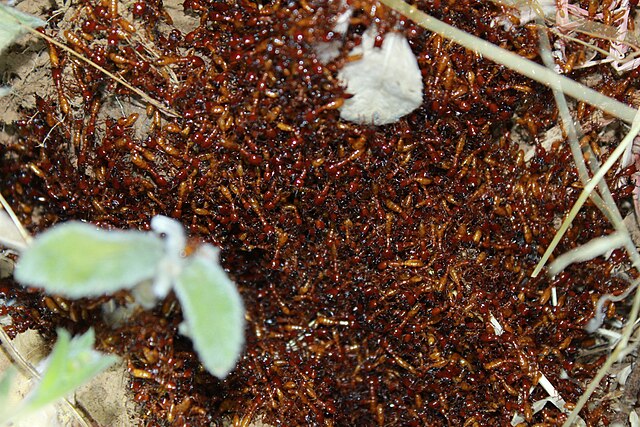
Last but definitely not least—ants. The tiniest members of this list might just be the most surprising. When desert ants leave their nest to forage, they don’t just wander aimlessly. They count their steps. Like, literally. Scientists found that ants know how far they’ve walked by keeping track of how many steps they’ve taken—almost like built-in pedometers. In a hilarious experiment, researchers altered ant legs—some got stilts (yes, tiny stilts), others had their legs shortened. The long-legged ants overshot the nest, and the short-legged ones fell short.
That’s when scientists realized ants weren’t using sight or smell to find their way back—they were using counting. This built-in step counter helps them navigate vast deserts with zero GPS and no landmarks. It’s raw, instinctive math. What’s mind-blowing is how ants adjust to terrain and obstacles, still managing to measure distance in steps. They’re like nature’s most committed little hikers, doing mental math while dodging pebbles. Their counting helps the colony survive, forage efficiently, and avoid predators. So the next time you brush one off your picnic table, remember—it probably just calculated the journey there down to the centimeter.


